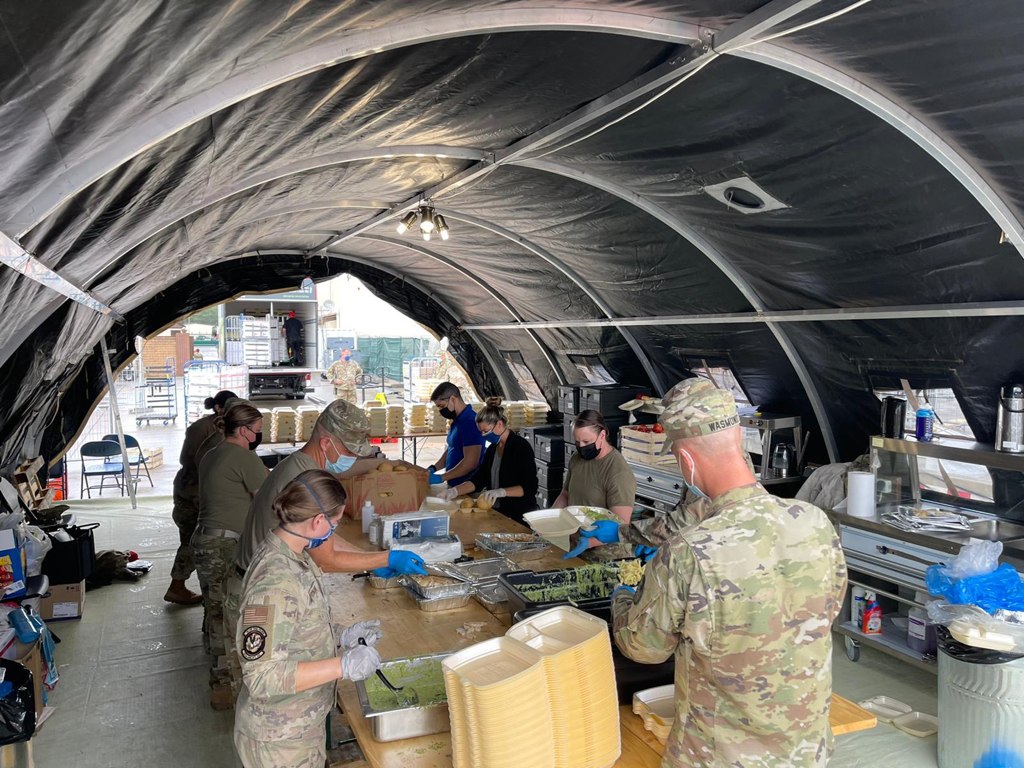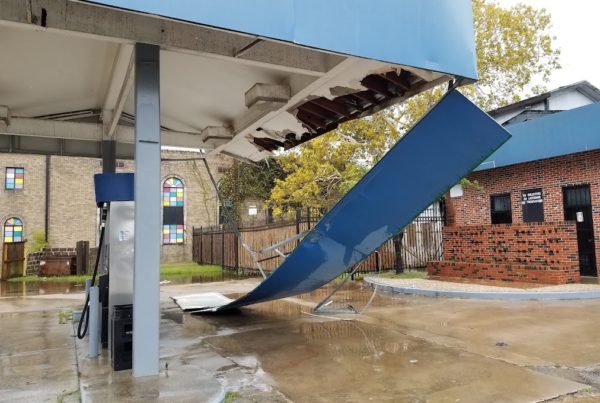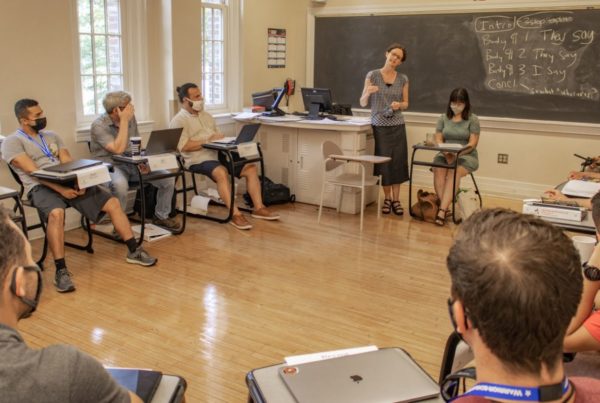When the American military left Afghanistan at the end of August, tens of thousands of Afghans went with them.
These are primarily families of people who worked with U.S. forces during the 20-year war in the country. Now, with their home in the hands of the Taliban, they’re starting over in the United States.
The first stop for many of them is at a military base like Fort Bliss in El Paso, where a small village has sprung up in the desert to house Afghan refugees. Lauren Villagran, a reporter for the El Paso Times, recently visited the facility with other journalists who were invited by the Departments of Defense and Homeland Security.
“It certainly is a refugee camp, but they appear to be doing as much as they can to keep the refugee families and adults comfortable while they work with the U.S. Citizenship and Immigration Services on their visas,” said Villagran.
There are about 10,000 Afghan refugees at the facility. Villagran wasn’t allowed to speak to anyone during her visit. Federal officials said that this is because of “privacy concerns.”
The refugees are not being detained, but they can’t leave either.
“They need to stay at this camp if they want to have access to refugee assistance and services, as well as the requirements of their visa that they’re seeking. So it’s not possible really for the to make their own decision about leaving the facility,” Villagran said.
The accommodations at Fort Bliss are spartan. Refugees sleep on cots in dormitories or large tents. Families get some privacy through curtain-like partitions.
It’s unclear how long they’ll be at Fort Bliss. From here, after their visa application is processed, they’ll be placed in a community somewhere in the United States. Many go to northern Virginia or California, where there are large Afghan communities already.
Villagran was able to observe some parts of everyday life in the camp, including families eating together.
“I witnessed a really long lunch line under the blazing sun, but the army had put up some kind of netting to kind of create some shade. We’re told that they’re being served a diet that’s traditional rice, hearty stew, a lot of lamb. There’s a community center where children can play and watch movies,” said Villagran. “And then there was also a place that I thought was just a really beautiful thing to witness. It was a donation center where you had non-governmental organizations processing, I mean, hundreds of boxes, everything from, you know, diapers and formula for the little ones to prayer carpets and appropriate clothing.”














